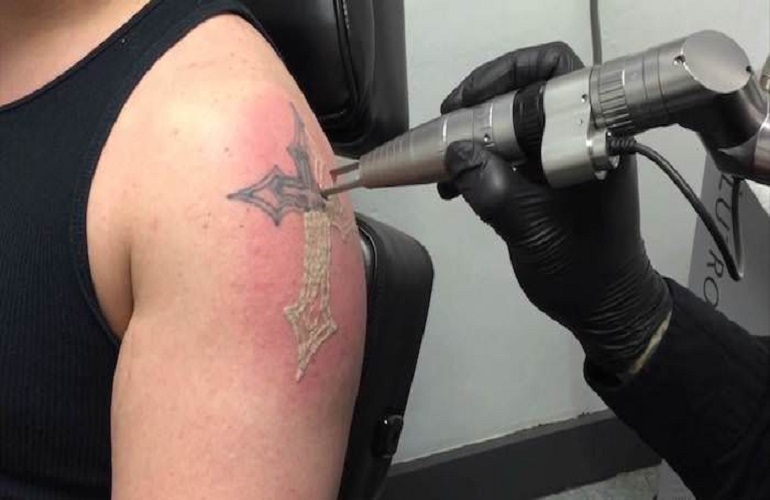Tattoo Removal
Tattoo removal has been performed with various tools during the history of tattooing. While tattoos were once considered permanent, it is now possible to remove them with treatments, fully or partially.Before the development of laser tattoo removal methods,
commons techniques included dermabrasion, TCA (Trichloroacetic acid, an acid that removes the top layers of skin, reaching as deep as the layer in which the tattoo ink resides), salabrasion (scrubbing the skin with
salt), cryosurgery and excision which is sometimes still used along with skin grafts for larger tattoos. Some early forms of tattoo removal included the injection or application of wine, lime, garlic or pigeon excrement.
Tattoo removal by laser was performed with continuous-wave lasers initially, and later with Q-switched lasers, which became commercially available in the early 1990s. Today, “laser tattoo removal” usually refers
to the non-invasive removal of tattoo pigments using Q-switched lasers. Typically, black and darker-colored inks can be removed more completely.
